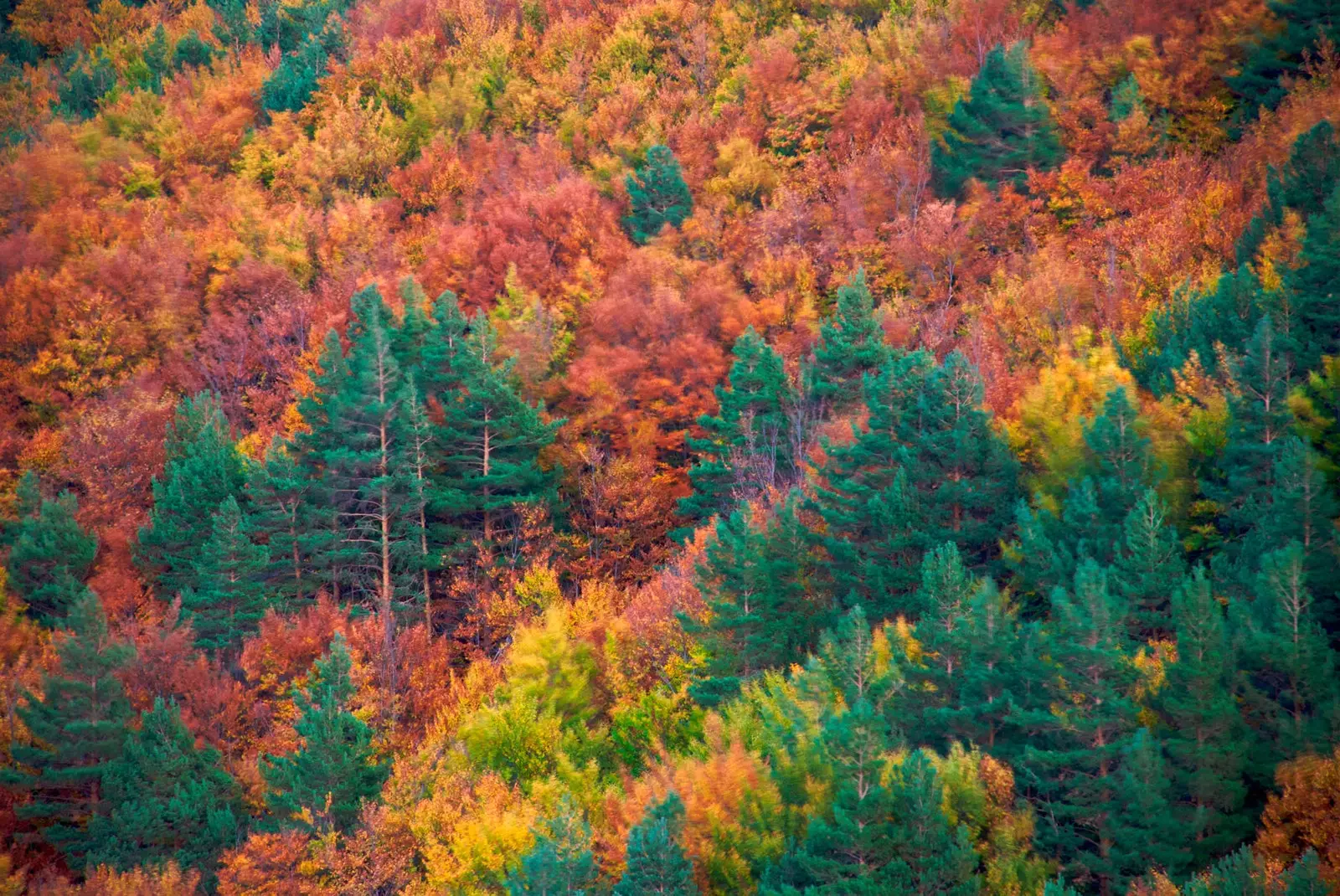
Tejera Negra: a multicolored natural rug
Tejera Negra is one of the southernmost beech forests in Europe. Its uniqueness makes it worth visiting at any time of the year, but of course the spectacular colors that it acquires in autumn make it the most demanded station.
And to limit the impact of the public it is, for several years, a protected place. In 1974 it was declared a natural site of national interest, and in 1978 a natural park, expanded in 1987.
In 2011, the Sierra Norte de Guadalajara Natural Park, within which it is integrated today. In 2017, along with other beech forests in Spain and Europe, it was declared Heritage of humanity by unesco.
For all this, If we want to put our car in the parking lot inside, it is necessary to reserve in advance on their website (if it is going to be on the weekend and in the fall, weeks in advance).
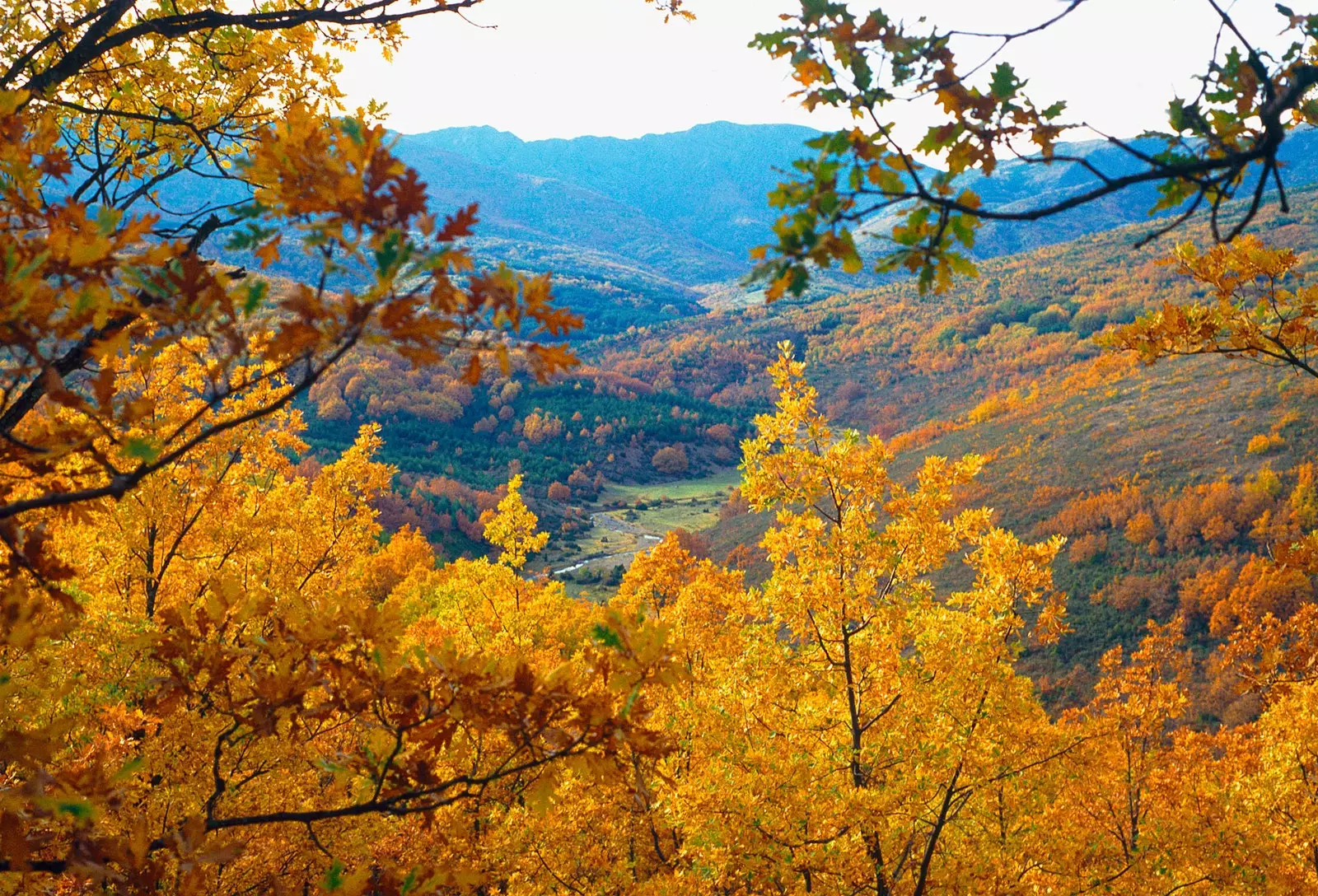
The views will make the climb worthwhile
It is two long hours from Madrid , and to access we must go through Cantalojas, the closest town to the entrance. There are two ways to get there.
**On the way out we will take the A-2, which we will have to leave when we arrive in Guadalajara ** by the CM-101 towards Fontanar- Fuencemillán. Then CM-1001 towards Humanes-Cogolludo, CM-1006 towards Veguillas-Galve de Sorbe and GU-213 towards Cantalojas.
Hold on, curves are coming, and It is likely that, as the signs warn, there are animals (cows) invading the road as we get closer. To this can be added the morning fog, so slowly and with good lyrics.
In Cantalojas we will see the indicative signs towards the beech forest, and shortly after crossing the town we will arrive at the interpretation Center , which also acts as an access barrier.
If we had not booked, we could leave the car at this point and do some of the routes that start from here. The Zarzas river route is a 21-kilometre circular route ideal for cycling.
The other option is the path of Robredal, about 17 kilometers. It goes through the interior car park, so if we want to save the return trip, we can try hitchhiking when we arrive. We can also ask the guards in case a reservation has failed and let us enter the car.
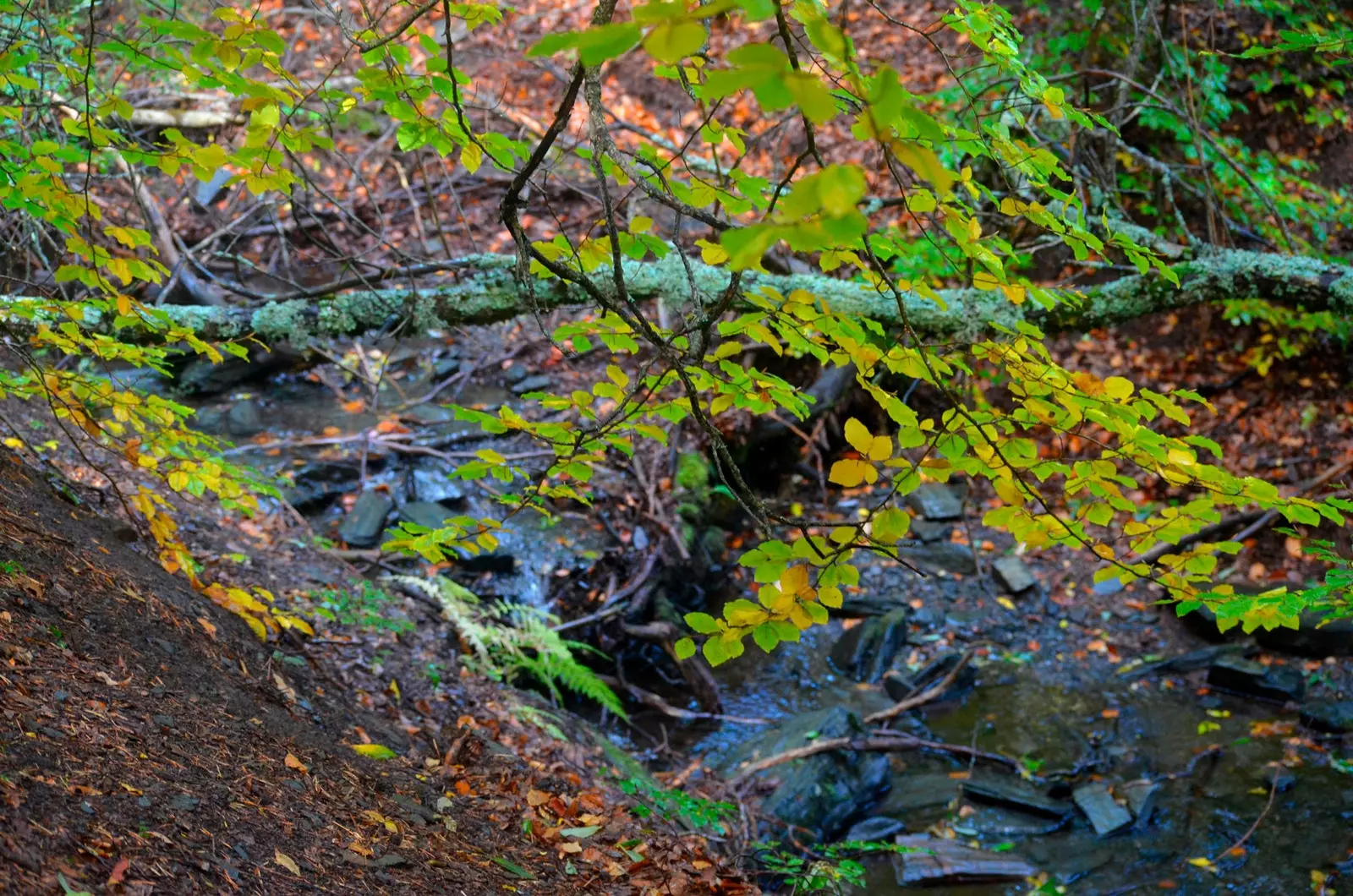
the magic of the forest
If we have booked, all we have to do is pay the guards who will welcome us (motorbikes €2, cars €4, caravans €7 and minibus €10) and continue another fifteen minutes with the car along the forest road.
We go inside to do the classic Carretas path, a circular route of about 6 kilometers and between two and three hours long , Suitable for all ages.
The first section runs through the green meadow of Ramo parallel to the river , populated mostly by wild pine forests and with views of the peaks of the Sierra de Ayllón , which, eaten by the mist, takes on an even more bucolic appearance.
The path is marked all the time with white beacons, and soon numerous oaks will begin to emerge whose marcescent leaves remain on their branches when they wither. The beauty of still life.
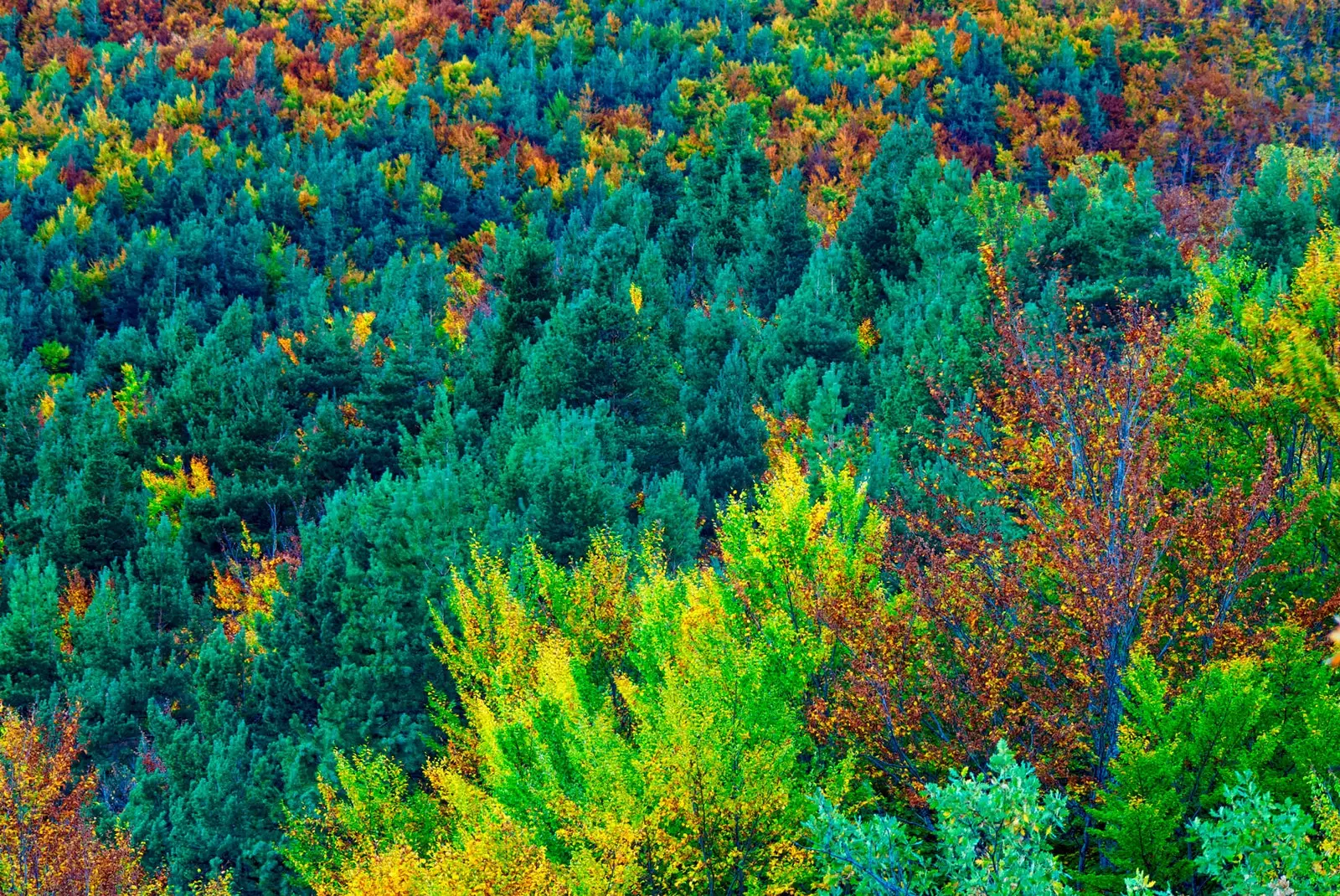
A getaway two hours from Madrid
Among the shrubs, the most abundant is the heath, but we will also see retamas of brooms, elderberries and numerous wild fruits such as brambles, bearberries, blueberries, raspberries and wild strawberries (it is forbidden to collect anything) .
And among the fauna, it is possible to see mammals (roe deer, squirrels, foxes), reptiles (black-green lizards), raptors (golden eagles, buzzards, sparrowhawks, goshawks) and birds (Great Spotted Woodpeckers, Finches, Robins, Blue Tits and Chickadees) . And if night falls, bats and birds of prey such as the long-eared owl and the tawny owl.
However, what we have come to see is beeches, which will begin to appear next to the Carretas stream. This year the cold has come early and most of its deciduous leaves are already on the ground, but we have still caught some that are not peeled.
And that is what is truly interesting about this natural park: the multicolored range of its trees and shrubs, with greens, reds, oranges, pinks, violets and yellows in a palette that will vary from week to week. In addition to beech, pine and Pyrenean oak we will also see rowan trees and aspens.
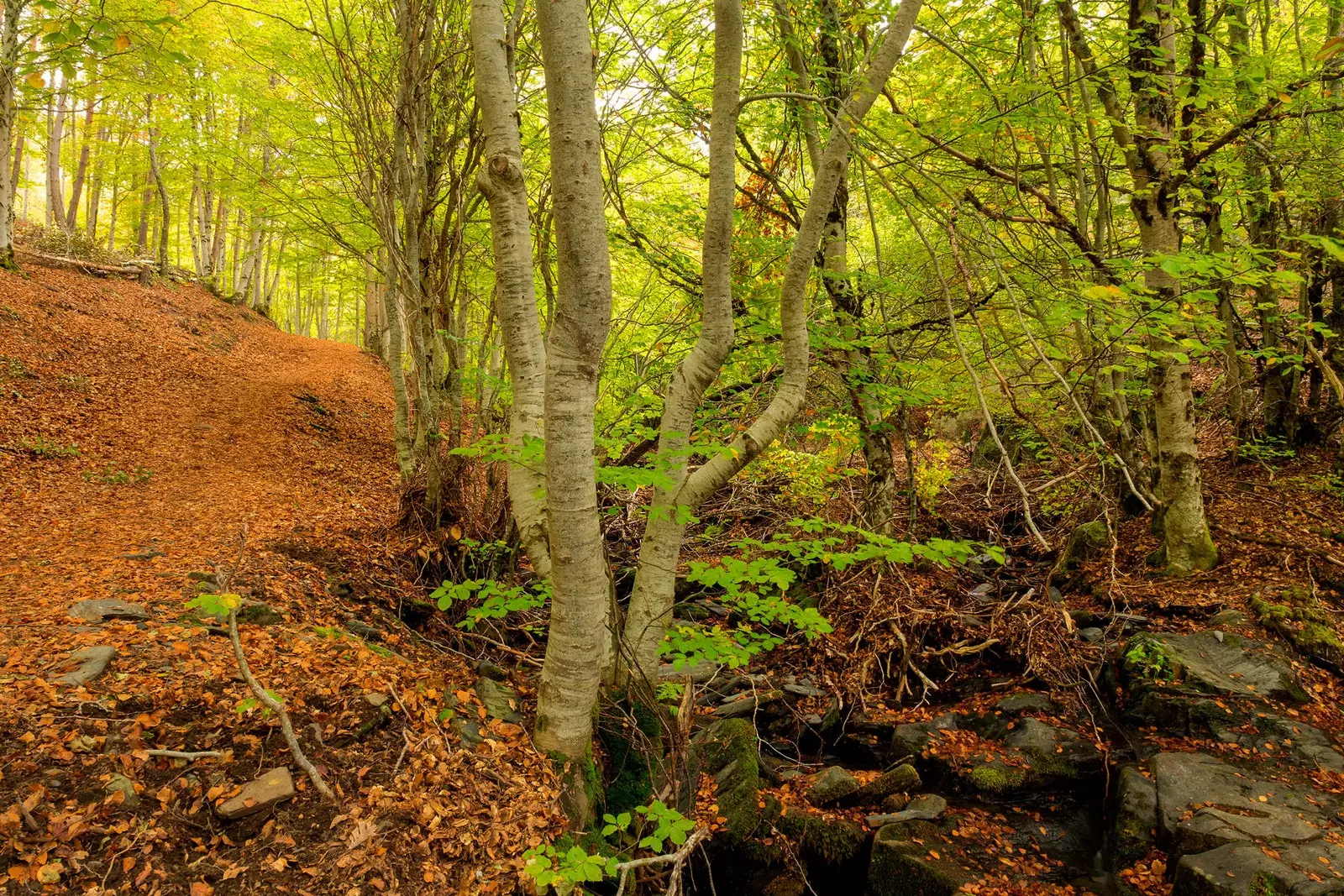
Fresh air!
Half an hour into the route, when we enter the forest, we will come across the reconstruction of a coal cellar , spaces that were used to convert wood into charcoal.
From now on we will begin to ascend to the Matarredonda meadow for a stretch where it is possible that the water has flooded small fragments of the path (proper footwear essential, minimum mountain boots) .
Once we get to the top we can take a look at your viewpoint. We will take half of the way, a moment that many take advantage of to have lunch with the views offered by the area.
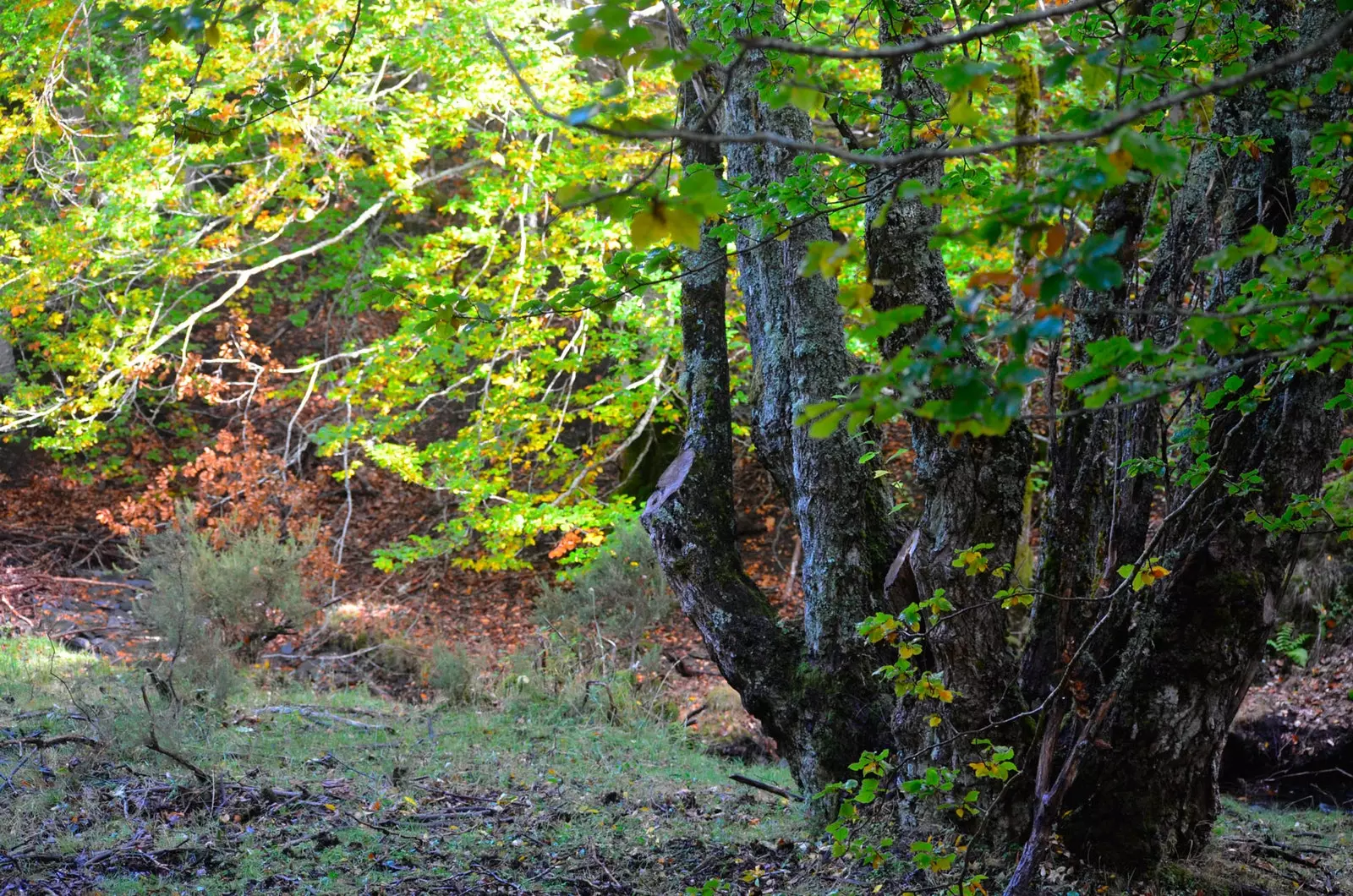
Disconnect from the world and connect with the trees
Back, if we are in the rainy season, there will be a couple of sections where the flow of the river will make it difficult to cross the stones that save it . We will have to be especially careful when passing, and if we don't see it clearly we can retrace our steps and go back the way we came.
Of course we'd get lost the mythical example of yew What's next, a thousand-year-old tree that grows proudly among the beeches (and which we shouldn't get close to so as not to compact the ground).
When we get back to the car park we can buy honey, propolis and local pollen in a street stall. In the car they will have left advertising for us the bars and restaurants in Cantalojas , like the one at Camping Los Bonales or the one in the town center (Bar La Plaza).
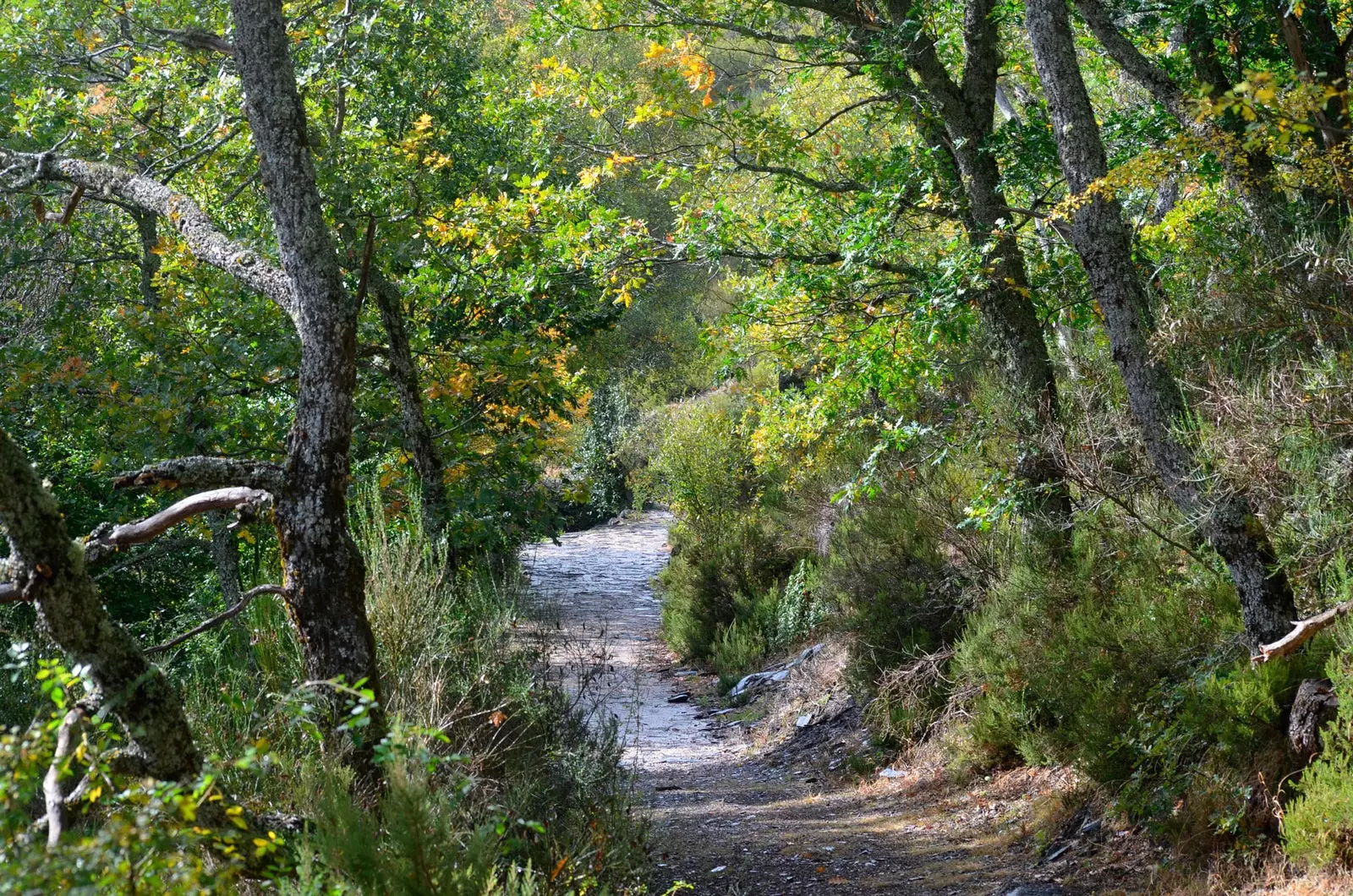
Adventure and nature, what more could you ask for?
We opted to try the one in the ** Hostal El Hayedo **, as soon as we came back. Mycological recipes will delight us: croquettes and peppers stuffed with boletus to share, and potatoes with chanterelles (they carry ham broth, not suitable for vegetarians) for each one, that the day asks for a spoon dish.
On the way back we will take the second option of the route, which is go to the Burgos highway (A-1) passing through Riaza to, incidentally, appreciate the spectacular nature of ** the red towns of Segovia. **
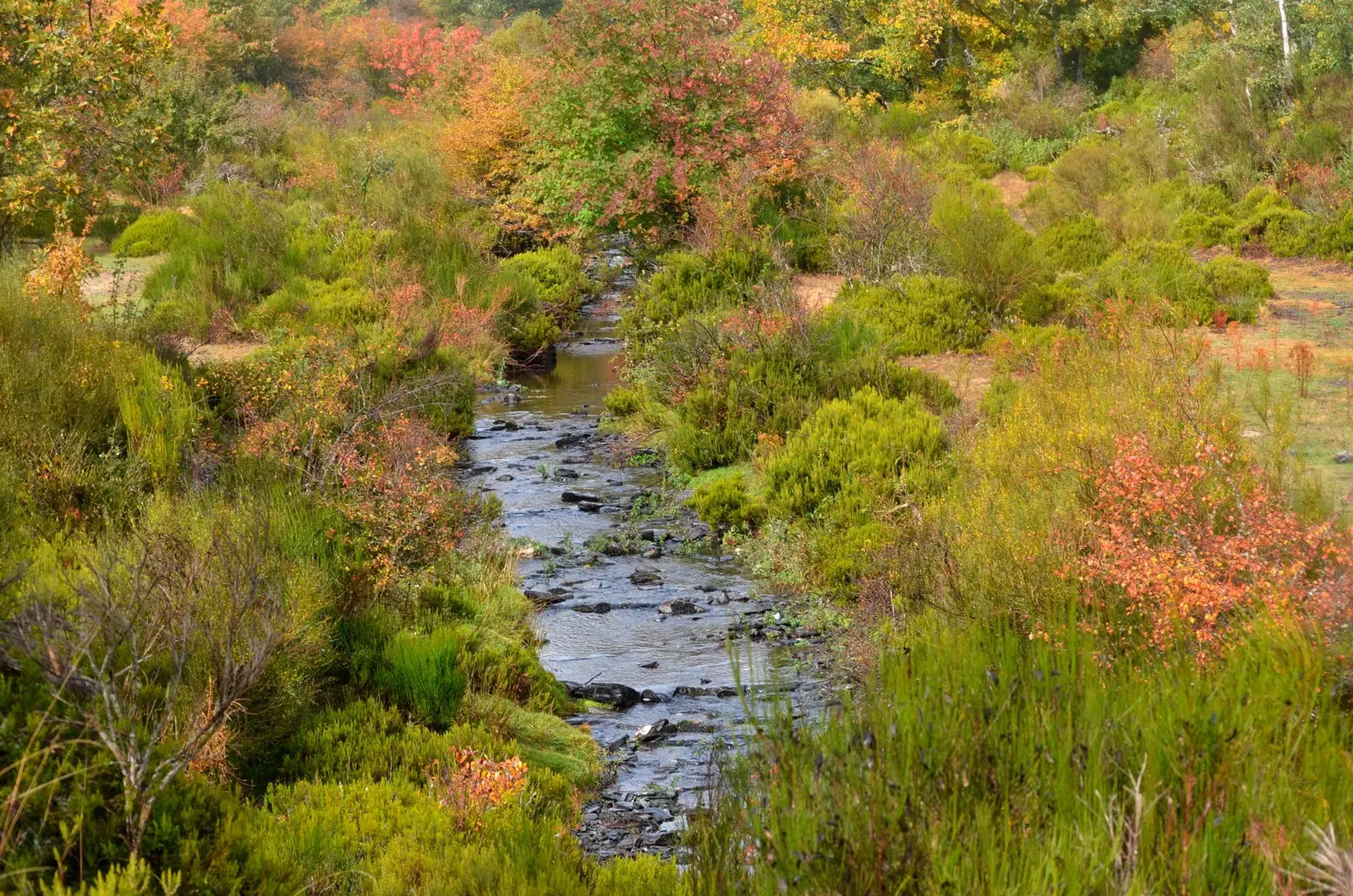
Sharpen all your senses: this is pure nature!
